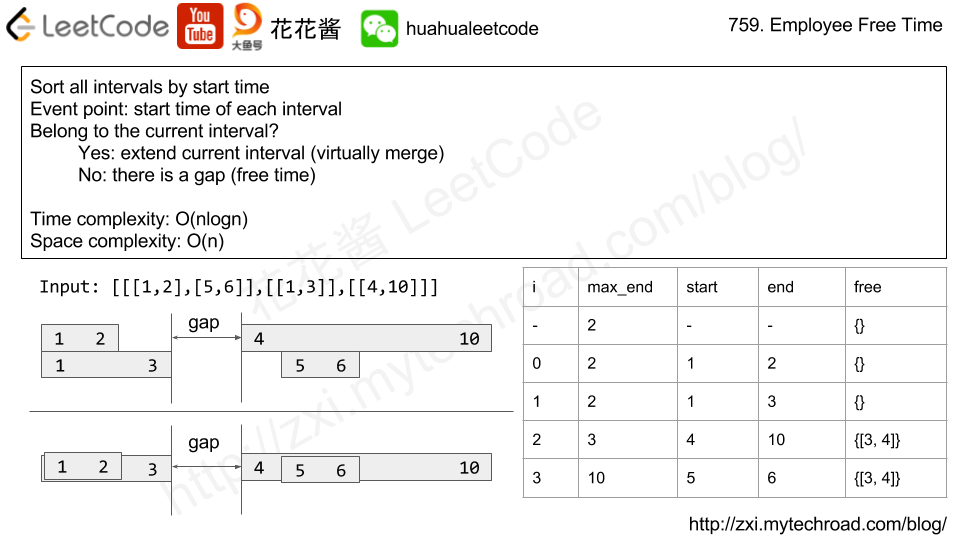Given two integer arrays startTime and endTime and given an integer queryTime.
The ith student started doing their homework at the time startTime[i] and finished it at time endTime[i].
Return the number of students doing their homework at time queryTime. More formally, return the number of students where queryTime lays in the interval [startTime[i], endTime[i]] inclusive.
Example 1:
Input: startTime = [1,2,3], endTime = [3,2,7], queryTime = 4 Output: 1 Explanation: We have 3 students where: The first student started doing homework at time 1 and finished at time 3 and wasn't doing anything at time 4. The second student started doing homework at time 2 and finished at time 2 and also wasn't doing anything at time 4. The third student started doing homework at time 3 and finished at time 7 and was the only student doing homework at time 4.
Example 2:
Input: startTime = [4], endTime = [4], queryTime = 4 Output: 1 Explanation: The only student was doing their homework at the queryTime.
Example 3:
Input: startTime = [4], endTime = [4], queryTime = 5 Output: 0
Example 4:
Input: startTime = [1,1,1,1], endTime = [1,3,2,4], queryTime = 7 Output: 0
Example 5:
Input: startTime = [9,8,7,6,5,4,3,2,1], endTime = [10,10,10,10,10,10,10,10,10], queryTime = 5 Output: 5
Constraints:
startTime.length == endTime.length1 <= startTime.length <= 1001 <= startTime[i] <= endTime[i] <= 10001 <= queryTime <= 1000
Solution: Brute Force
Time complexity: O(n)
Space complexity: O(1)
C++
|
1 2 3 4 5 6 7 8 9 10 |
// Author: Huahua class Solution { public: int busyStudent(vector<int>& startTime, vector<int>& endTime, int queryTime) { int ans = 0; for (int i = 0; i < startTime.size(); ++i) if (startTime[i] <= queryTime && queryTime <= endTime[i]) ++ans; return ans; } }; |
Python3
|
1 2 3 4 |
# Author: Huahua class Solution: def busyStudent(self, startTime: List[int], endTime: List[int], queryTime: int) -> int: return sum(s <= queryTime <= e for s, e in zip(startTime, endTime)) |

